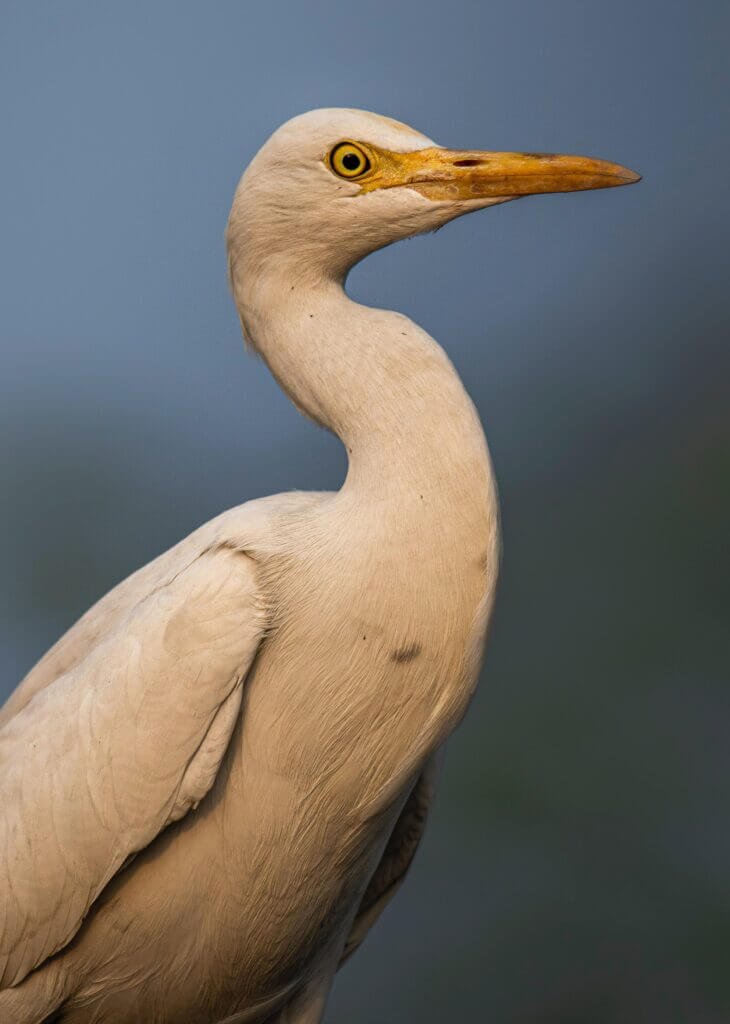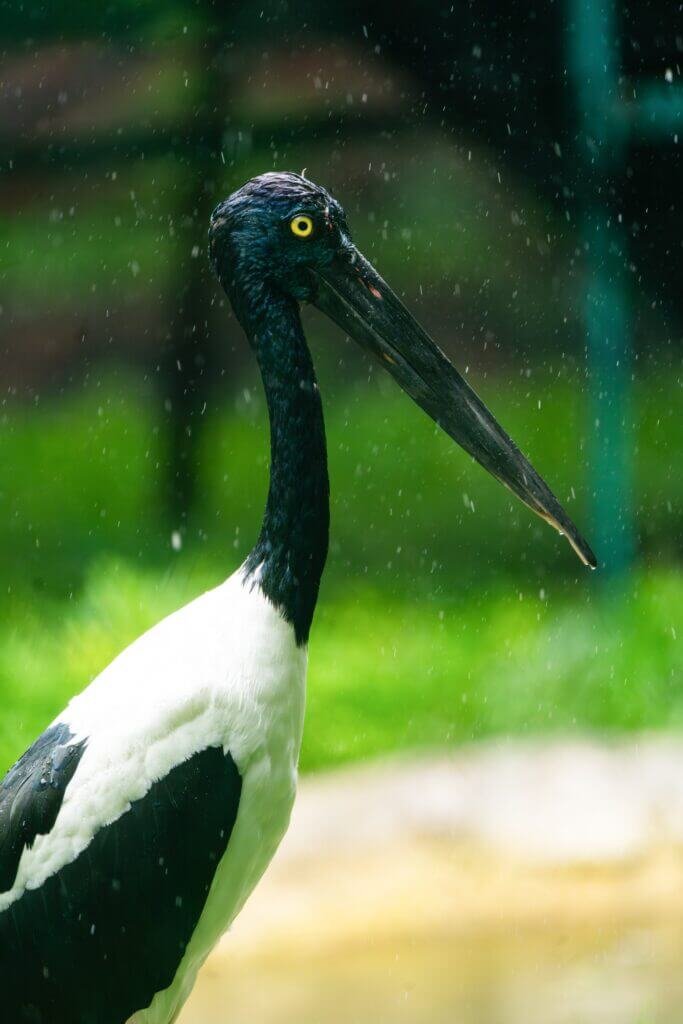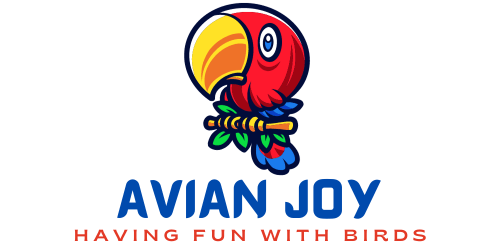Birds are fascinating creatures that bring joy and beauty to our world, but have you ever wondered about the potential hazards they face in their environment? From urban areas to natural habitats, birds encounter a range of dangers that threaten their well-being. This article explores the various hazards that birds face, including pollution, habitat loss, predators, and climate change. Understanding these hazards not only highlights the importance of protecting birds and their habitats, but also encourages us to take steps to ensure their survival for future generations to enjoy. Birds, like any other living organisms, face a variety of potential hazards in their environment. These hazards can be categorized into natural, human, food and water, chemical, climate change, electromagnetic radiation, noise, light pollution, and biological hazards. Each type of hazard poses its own unique threat to the well-being and survival of birds. In this article, we will explore each category of hazards and discuss the specific challenges birds encounter in their everyday lives.

Natural Hazards
Extreme Weather Conditions
One of the most significant natural hazards that birds face is extreme weather conditions. From harsh storms to scorching heatwaves, birds must endure the challenges brought about by climate variations. Severe weather events can damage their nests, disrupt their feeding patterns, and even cause injury or death. Birds have evolved various adaptations to cope with these conditions, such as seeking shelter, adjusting their migratory patterns, or altering their feeding behaviors.
Predators and Competitors
In the natural world, birds must constantly contend with predators and competitors. For many bird species, predators like snakes, cats, or larger birds pose a constant threat, especially to vulnerable eggs and hatchlings. Moreover, competition for limited resources, such as nesting sites or food sources, can lead to intense battles among different bird species. These natural pressures have shaped the evolutionary adaptations of birds, influencing their behavior, appearance, and survival strategies.
Disease and Parasites
Birds are susceptible to various diseases and parasites, which can have detrimental effects on their health and populations. Avian influenza, West Nile virus, and avian malaria are examples of diseases that can cause mass die-offs in bird populations. Additionally, parasites like ticks, lice, or mites can weaken birds, affecting their ability to reproduce and survive. The spread of diseases and parasites among bird populations can be facilitated by factors such as overcrowding, migration patterns, and loss of suitable habitat.
Human Hazards
Habitat Destruction
Human activities, such as deforestation, urban development, or land conversion for agriculture, have led to the destruction and fragmentation of bird habitats. As a result, many bird species are losing their natural homes, leading to declines in population numbers and even extinction in some cases. Habitat destruction not only impacts birds directly by removing their nesting sites and food sources, but it also disrupts the delicate balance of ecosystems on which birds rely.
Pollution
Pollution is another significant human hazard that affects birds’ well-being. Air pollution, water pollution, and soil contamination can all have adverse effects on bird populations. Airborne pollutants, such as smog or chemical emissions, can impair birds’ respiratory systems and reduce their fitness. Water pollution from industrial waste or agricultural run-off can contaminate aquatic ecosystems, impacting both birds and their prey. Moreover, the accumulation of toxic chemicals in the environment, such as pesticides or heavy metals, can have long-lasting detrimental effects on birds’ health and reproduction.
Collisions with Man-Made Structures
Birds often collide with man-made structures, such as buildings, power lines, or wind turbines, leading to injuries and fatalities. Glass windows, in particular, pose a significant danger to birds, as they often cannot distinguish between transparent surfaces and open airspace. Additionally, tall structures like communication towers or skyscrapers can disrupt birds’ migration patterns, leading to navigation errors and increased risks of collisions. Efforts to mitigate these hazards include designing bird-friendly buildings and implementing measures to redirect bird flight paths away from hazardous areas.

Food and Water Hazards
Contaminated Food Sources
Birds rely on a variety of food sources, including insects, seeds, fruits, and small mammals. However, human activities can introduce contaminants into these food sources, impacting birds’ health and reproductive success. Pesticides used in agriculture can accumulate in the food chain, leading to toxin exposure in birds. Similarly, polluted water bodies can impact aquatic organisms and the fish consumed by birds, potentially causing bioaccumulation of toxins.
Lack of Food Availability
The loss of natural habitats and the destruction of ecosystems can result in reduced food availability for birds. Development and urbanization often lead to the removal of vegetation and the destruction of natural habitats, diminishing the number of insects or plants available as food sources. Overfishing and the decline of certain fish populations can also affect seabirds and shorebirds that rely on fish as a primary food source. Without sufficient food, birds may struggle to find nutrition for themselves and their offspring.
Unsafe Water Sources
Access to clean and safe water sources is crucial for the survival of birds. Pollution from industrial activities or agricultural run-off can contaminate water bodies, making them unsafe for birds to drink or bathe in. In some cases, water scarcity due to climate change or human water usage can lead to a lack of suitable water sources for birds. These challenges can impact bird populations by reducing their ability to maintain proper hydration and hygiene.
Chemical Hazards
Pesticides and Herbicides
The use of pesticides and herbicides in agriculture and landscaping can have severe consequences for birds. These chemicals are designed to kill or control pests and unwanted vegetation but can unintentionally harm birds in the process. Birds that feed on pesticide-contaminated insects or consume pesticide-treated seeds may suffer from acute poisoning or develop chronic health issues. Additionally, pesticide use can indirectly impact birds by reducing their prey populations or altering the quality of food available to them.
Heavy Metals and Industrial Chemicals
Heavy metals and industrial chemicals, such as lead, mercury, or PCBs, can contaminate bird habitats and pose serious health risks. Some bird species, like scavengers or waterbirds, are particularly vulnerable to heavy metal accumulation as they feed on contaminated prey or inhabit polluted environments. Exposure to these toxic substances can result in impaired reproduction, weakened immune systems, and behavioral abnormalities, ultimately affecting bird populations at large.

Climate Change Hazards
Loss of Suitable Habitat
Climate change poses a significant threat to birds’ habitats worldwide. Rising temperatures, changing precipitation patterns, and sea-level rise can lead to the loss of crucial habitats for birds. As suitable environments shift or become fragmented, birds may struggle to find suitable nesting sites, adequate food, or appropriate conditions for migration. This loss of suitable habitat can result in population declines, range contractions, and, in extreme cases, the disappearance of certain bird species altogether.
Changes in Food Availability
Climate change can also impact the availability and timing of food resources for birds. Alterations in temperature and precipitation patterns can shift the phenology of plants and insects, potentially disrupting the synchrony between birds and their food sources. For example, if bird migratory patterns do not align with the peak abundance of insect prey, it can lead to food shortages and reduced breeding success. These changes in food availability and timing can have cascading effects on bird populations and the ecosystems they inhabit.
Altered Migration Patterns
Birds that rely on seasonal migration to find suitable breeding or wintering grounds are particularly vulnerable to climate change. Phenological shifts and changing environmental conditions can disrupt traditional migration routes and timing, exposing migrating birds to new risks and challenges. Birds may encounter unfamiliar landscapes, unfavorable weather conditions, or diminished stopover habitats, affecting their ability to successfully complete their long-distance journeys. These disruptions can have long-term implications for bird populations and their ability to adapt to changing environments.
Electromagnetic Radiation Hazards
Cell Towers and Power Lines
The proliferation of cell towers and power lines in the modern world has raised concerns about the potential impacts of electromagnetic radiation on bird populations. Some studies suggest that electromagnetic fields generated by these structures may interfere with birds’ navigation abilities and disrupt their ability to detect magnetic fields. However, further research is needed to fully understand the extent of these potential hazards and their ecological implications.
Wireless Technology
The increasing presence of wireless technologies, such as Wi-Fi or radiofrequency devices, has also raised questions about their potential impact on bird behavior and health. Some studies suggest that exposure to these technologies may alter birds’ feeding patterns, breeding success, or physiology. However, the current scientific consensus regarding these hazards is still limited, and more research is needed to assess their true effects on bird populations.
Noise Hazards
Urban Noise Pollution
Urban areas can expose birds to high levels of constant or intermittent noise pollution. Construction activities, traffic noise, or industrial sounds can disrupt birds’ communication, breeding behavior, and foraging patterns. Noise pollution can also mask important auditory signals, making it difficult for birds to detect predators or locate potential mates. These disturbances can have direct impacts on bird populations by causing stress, reducing reproductive success, or altering social dynamics within bird communities.
Anthropogenic Sounds
Beyond urban settings, birds face additional challenges from anthropogenic sounds, such as those from airplanes, ships, or industrial machinery. These sounds can travel long distances and impact birds in both terrestrial and marine habitats. Disturbances from anthropogenic sounds can lead to behavioral changes, increased stress levels, and reduced reproductive success. As human activities continue to encroach upon natural environments, minimizing noise pollution becomes increasingly important for the conservation of bird populations.
Light Pollution Hazards
Artificial Lights and Disorientation
Artificial lights, especially those from urban areas or populated coastal regions, can disorient birds during their nocturnal migrations. Bright lights can attract birds, causing them to become disoriented and collide with buildings or other structures. Disorientation can also lead to navigational errors, resulting in birds becoming lost or exhausted during their long journeys. Efforts to reduce light pollution, such as implementing lights-out programs or using directional lighting, can help prevent these hazards and protect migrating birds.
Effects on Breeding and Migratory Behavior
Light pollution can disrupt birds’ natural breeding and migratory behaviors. Excessive artificial lighting can interfere with the signaling of day and night, potentially affecting birds’ perception of seasonal cues and the timing of their reproductive activities. In some cases, birds exposed to constant artificial lighting may engage in irregular breeding patterns or have higher levels of stress and disrupted sleep cycles. Protecting natural darkness and minimizing excessive artificial light sources are essential for maintaining the natural rhythms and behaviors of birds.
Biological Hazards
Invasive Species
The introduction of non-native species can have detrimental effects on bird populations. Invasive predators, such as rats, cats, or snakes, can prey on vulnerable birds, eggs, or nestlings, leading to population declines or local extinctions. Additionally, invasive plants can outcompete native vegetation, altering habitats and reducing food availability for birds. Eradicating invasive species and restoring ecosystems to their natural state are essential for protecting bird populations from these biological hazards.
Bird Feeder Diseases
Bird feeders, while providing an additional food source for birds, can also serve as potential hotspots for the transmission of diseases. Contact with contaminated feeders or proximity to infected birds can facilitate the spread of diseases, such as avian pox or conjunctivitis, among feeder-using bird populations. Regular cleaning and maintenance of bird feeders, as well as proper hygiene practices, can help reduce the risk of disease transmission and protect the health of backyard birds.
In conclusion, birds face a wide range of potential hazards in their environment, spanning from natural challenges to those introduced by human activities. Extreme weather conditions, predators, disease, habitat destruction, pollution, and changing climate patterns can all impact bird populations and threaten their survival. Additionally, hazards related to food and water availability, chemical pollutants, electromagnetic radiation, noise pollution, light pollution, and invasive species pose further challenges for birds around the world. Understanding these hazards and their implications is crucial for developing effective conservation strategies to protect bird populations and ensure their continued presence in our ecosystems. By addressing and mitigating these hazards, we can support and safeguard the diverse avian species that bring joy and vitality to our environment.


